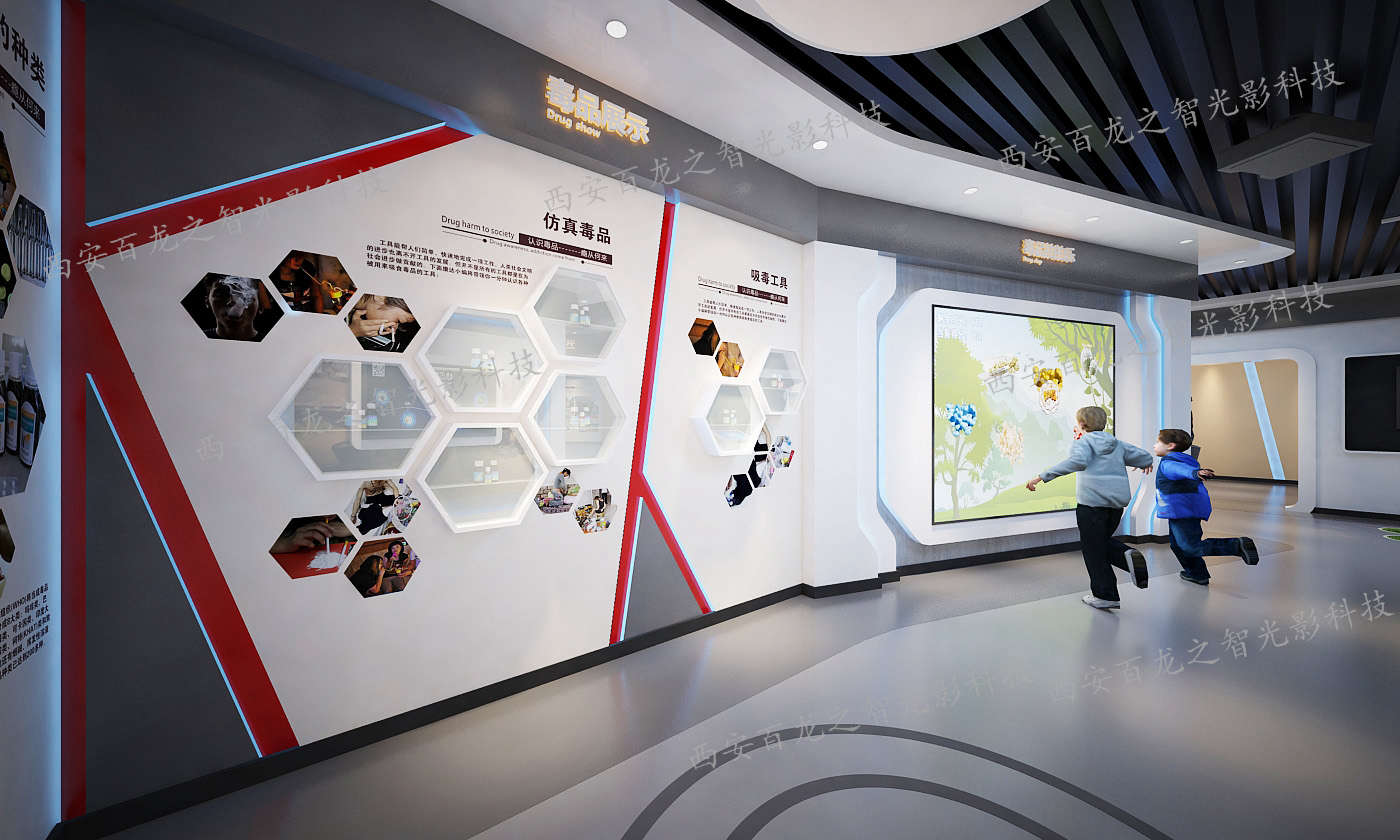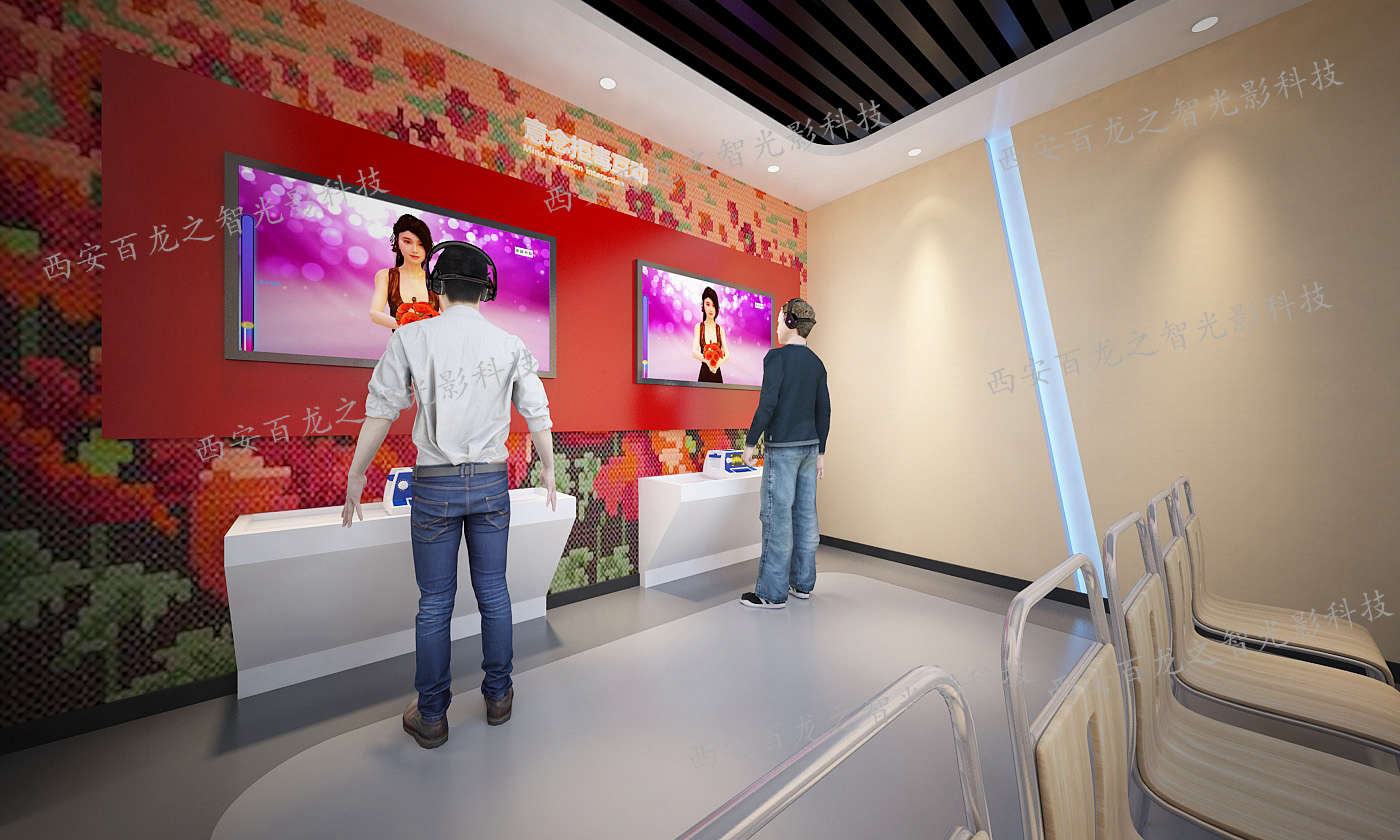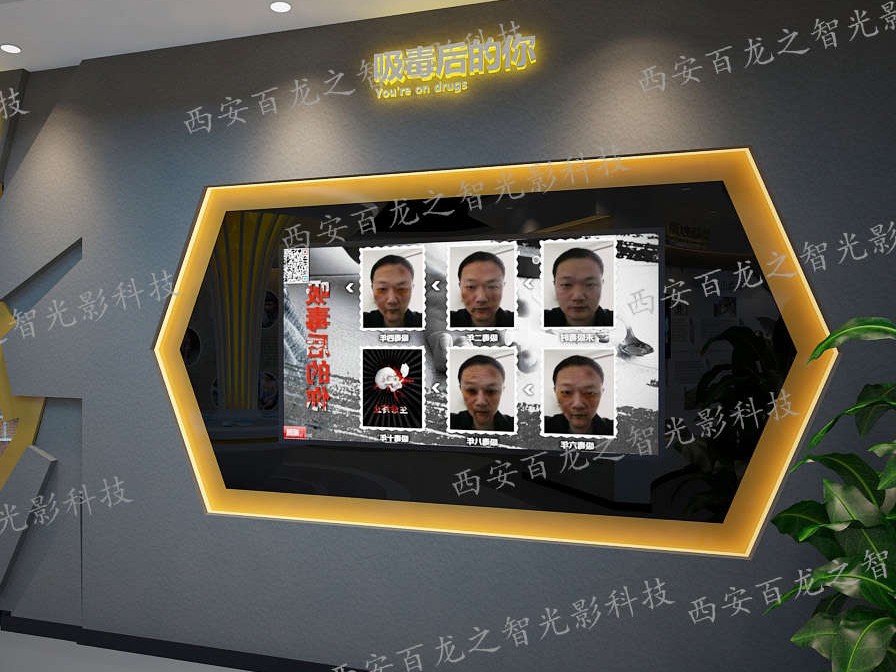Multimedia Display Equipment for Anti-Drug Exhibition Halls: Recommendedinteractive installations for a Digitized Anti-Drug Education Base
To better disseminate anti-drug knowledge and enhance public awareness of the dangers of drugs, more and more anti-drug exhibition halls are introducing multimedia display equipment, using digital means to create more vivid and interactive educational bases.
Multimedia Display Equipment for Anti-Drug Exhibition Halls: Recommended Exhibits for a Digitized Anti-Drug Education Base
With the rapid development of technology, anti-drug education is also continuously innovating and upgrading. Traditional methods of drug prevention education are increasingly struggling to meet the needs of modern audiences, especially in attracting the attention and participation of young people. To better disseminate anti-drug knowledge and enhance public awareness of the dangers of drugs, more and more anti-drug exhibition halls are introducing multimedia display equipment, using digital means to create more vivid and interactive educational bases. This article will focus on three innovative multimedia exhibits provided by XABLZZ Technology.Co.,Ltd , exploring how these high-tech tools can achieve more effective anti-drug education.
1. AR Drug Transformation System: Intuitively Show the Harm of Drug Use on the Body
In anti-drug education installations, how to make visitors deeply understand the severe harm of drug use to the body is a key challenge. Traditional text and image displays, while providing certain information, often lack intuitiveness and impact, making it difficult to leave a lasting impression on visitors. For this purpose, the AR Drug Transformation System has emerged, utilizing augmented reality (AR) technology combined with high-precision human tracking and image processing algorithms to offer an unprecedented visual experience.
The system works by capturing real-time images of visitors through a sensing camera and projecting them onto a large screen. The program then automatically tracks the movements of the visitor's body and overlays animations showing the changes in organs after drug use at the corresponding body parts. For example, when a visitor stands in front of the screen, they can see their face gradually develop wrinkles, skin become dull, and eyes lose luster, as if witnessing their potential future appearance. This "virtual transformation" experience not only allows visitors to intuitively feel the destructive effects of drug use on the body but also subtly enhances their awareness of drug prevention.
Additionally, the AR Drug Transformation System can display specific harms of different types of drugs on the body. For instance, methamphetamine use can lead to tooth loss and skin ulcers, while heroin injection can cause vascular atrophy and organ damage. Through this method, visitors can gain a more comprehensive understanding of the harms of various drugs, thereby establishing correct values and staying away from the temptation of drugs.
2. Anti-Drug Journey Display System: Reviewing China’s Anti-Drug History and Looking Ahead
Anti-drug work is not just about combating drug crimes; it is also a long-term social project that requires the joint efforts of the entire society. To help visitors better understand the history and development of anti-drug efforts in China, the Anti-Drug Journey Display System uses a timeline format to vividly showcase major events from the Opium War to the current management of new psychoactive substances. This exhibit is not only a review of history but also a look ahead to the future of anti-drug efforts.
The system employs advanced multimedia technology and dynamic special effects, perfectly combining historical events with modern technology. Visitors can click on different time points via a touch screen to view related text, images, and video materials, gaining a deeper understanding of anti-drug policies, laws, and achievements during each period. For example, during the Opium War era, visitors can see historical scenes like Lin Zexu's destruction of opium at Humen; after the founding of New China, they can learn about Harm of Drugs the gradual establishment of a complete anti-drug system; and in modern times, they can explore the latest anti-drug technologies and international cooperation progress.
In addition to historical reviews, the Anti-Drug Journey Display System also emphasizes future development directions. By showcasing global trends in anti-drug efforts and applications of new technologies such as artificial intelligence and big data analysis, visitors can clearly see China's continuous progress and innovation in the field of anti-drug efforts. This forward-looking perspective not only boosts visitors' confidence but also provides them with more food for thought, inspiring their enthusiasm for participating in anti-drug activities.
3. Eliminate Drugs Ground Game: Fun and Educational, Cultivating Youth Resistance to Drugs
Youth are the future of society and a key target for anti-drug education. To improve young people's understanding of the dangers of drugs and cultivate their determination to resist drugs, the Eliminate Drugs interactive Game uses interactive projection technology to design a fun and engaging ground game. This game not only allows young people to learn about anti-drug knowledge in a relaxed and enjoyable atmosphere but also helps them develop reaction skills and teamwork spirit through play.
The gameplay is very simple: the ground projects various drug patterns, and participants eliminate the drugs by stepping on these patterns. Each time a drug pattern is successfully stepped on, a short video about the harm of that drug immediately plays on the screen, helping participants further understand its dangers. Additionally, the game includes a scoring system, encouraging participants to eliminate as many drugs as possible within a specified time, adding a competitive and fun element to the game.
Moreover, the Eliminate Drugs Ground Game can be customized according to different age groups and cognitive levels. For younger children, the game content can be simpler and easier to understand, primarily using images and animations; for older teenagers, more complex knowledge points and challenging tasks, such as multiple-choice questions and true/false questions, can be added. Through this approach, the game can meet the needs of different age groups and achieve educational goals while entertaining, truly combining education with entertainment.

